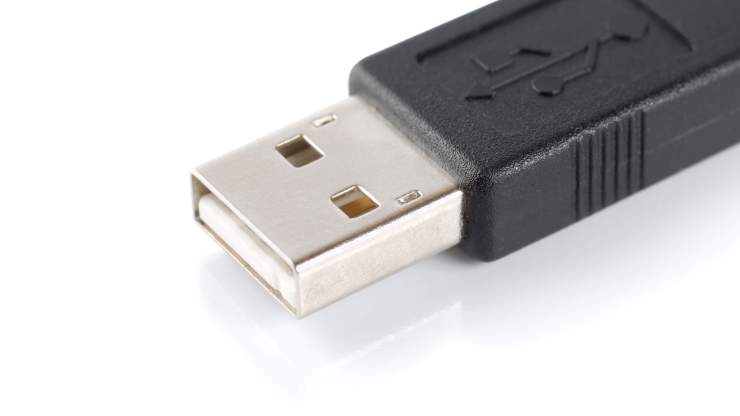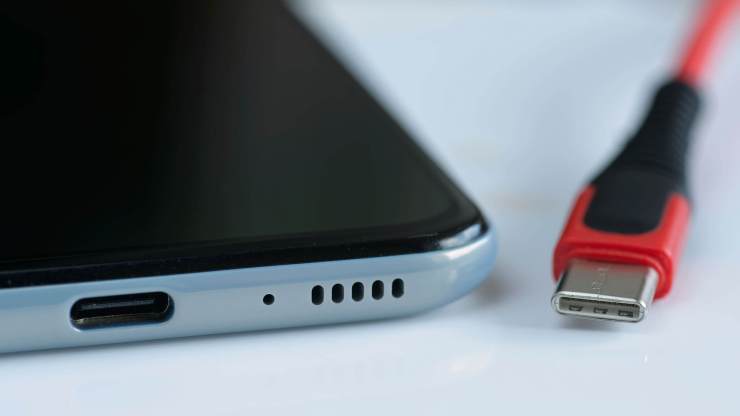In the old days, photos were printed and stored in books known as albums. When you wanted to look at them, you pulled out these books, dusted them off and relived the memories that were revealed on the pages inside.
The pages yellowed over time and your photos were covered by a thin sheet of plastic, stuck to the page by the equivalent of photo flypaper. But these books were looked at with admiration by all the family members gathered when they were taken out and passed around. The room would fill with laughter and sometimes tears when we came across photos of our loved ones no longer with us.
If you are one of those people who still print your photos and place them into albums, I commend you. I stopped keeping up with my printing a long time ago. My memories, probably like yours, reside on some form of digital media.
But albums have one solid advantage over digital, they aren’t prone to errors or corruption. A printed photo will last a hundred years or more. Of course, the convenience of storing thousands of photos digitally has its benefits too. Especially when you consider shelf space.
As a wedding photographer, I speak to people almost every day who ask if they can have their photos on a USB drive.
While I understand that providing a USB drive is just keeping up with the times, it is my job to educate my clients on the value of the printed photograph. A printed wedding photo or album is a family heirloom to be looked upon fondly and proudly displayed. It is to be treasured by the current generation, and generations yet to come.
The risks of keeping your photos on a USB drive

While keeping photos stored on USB drives or SD cards may seem like a good idea, there are risks associated with it. The most notable one is that no one can say for sure what the life of an SD card or USB drive actually is.
It is estimated that the life of a USB or SD card could be as long as 20 to 100 years, under optimal circumstances, meaning a temperature and humidity-controlled environment.
A USB drive’s life is determined first by how many times data has been written and rewritten to it. While these drives are fairly robust and can withstand anywhere between 10,000 to 100,000 write cycles, the USB port itself pales in comparison. The USB port, where the drive is inserted into the computer, is rated for about 1500 insertions and removals before failure. So, the port itself will likely fail well before the drive begins to error.
But the majority of these drives will fail from damage. Being dropped, stepped on, washed in a clothes washer, or hit while inserted into the computer, causes the majority of USB drive failures. Extreme heat and humidity are also USB and SD card killers.
Human error is also a factor worth considering. USB and SD cards are very small and easy to lose or misplace. Writing data on a card you thought was blank resulting in the loss of your precious images is also a very real possibility.
The future of the USB port

Then there is the form factor of the port itself. As you probably have noticed, the USB port we are all familiar with is being replaced by its smaller sibling, USB-C. While I am sure you will be able to get adapters in the near future, what will the port look like 10 or 20 years from now? Will there even be ports on computers? Hard to say.
I remember the days when all of my clients wanted their images on a DVD. Tough to find a computer with a DVD player these days. The USB port will very likely suffer the same fate over time.
And what about jpegs and RAW files? Will a jpeg image or a RAW file open on a computer 20 years into the future? I hope so, but I can’t be certain.
Celebrate your printed photos

But I do know what will work, with absolute certainty. Viewing your photos in your printed family or wedding album. So print your photos and hang them on your wall or put them in an album for everyone to see. Free your images from your hard drive and give them life!
Your images are a celebration of happy memories and places that you have been. Let them bring joy into your hearts and home by displaying them where you can see them every day. Look upon them and smile reliving the memories of that day.
Although printing your photos is important, this should not diminish the importance of having a robust 3-2-1 backup strategy in place for your digital files. After all, these are your digital negatives, and you can’t print your photos without them. If you haven’t put a solid backup plan into place, today is the day to act on that as well.
So today, in honor of World Backup Day, and since I already have a solid backup strategy in place, I am going to begin printing my personal photos again. I urge you to do so as well.
Creating the ultimate backup — the printed photo.
Editor’s note: Joseph Nuzzo is a professional photographer specializing in wedding & family photos in the Sarasota area of Florida. Joe began his journey working in a camera store part-time while helping pay his way through college. The fun of picking up a camera just never seemed to get old. Learn more about Joe at ShutterSpeak.net or check out his channel on YouTube.
Learn to protect your photos with this free eBook!
Written by the Photofocus team, this book features articles written over the last 20 years to help you with 3-2-1 backup, safe memory card usage, hard drives and more. Plus learn about services like Mylio and Amazon Photos that let you access to your photos from anywhere!
Tell your story with the second annual Visual Storytelling Conference!
Experience four days of interactive, online training sessions featuring a range of educational content with experienced photographers and content creators. This free event kicks off with a series of technical boot camps to build essential skills, followed by live, online sessions on photography, video, business and social media. Join live from March 10-13, 2022!
